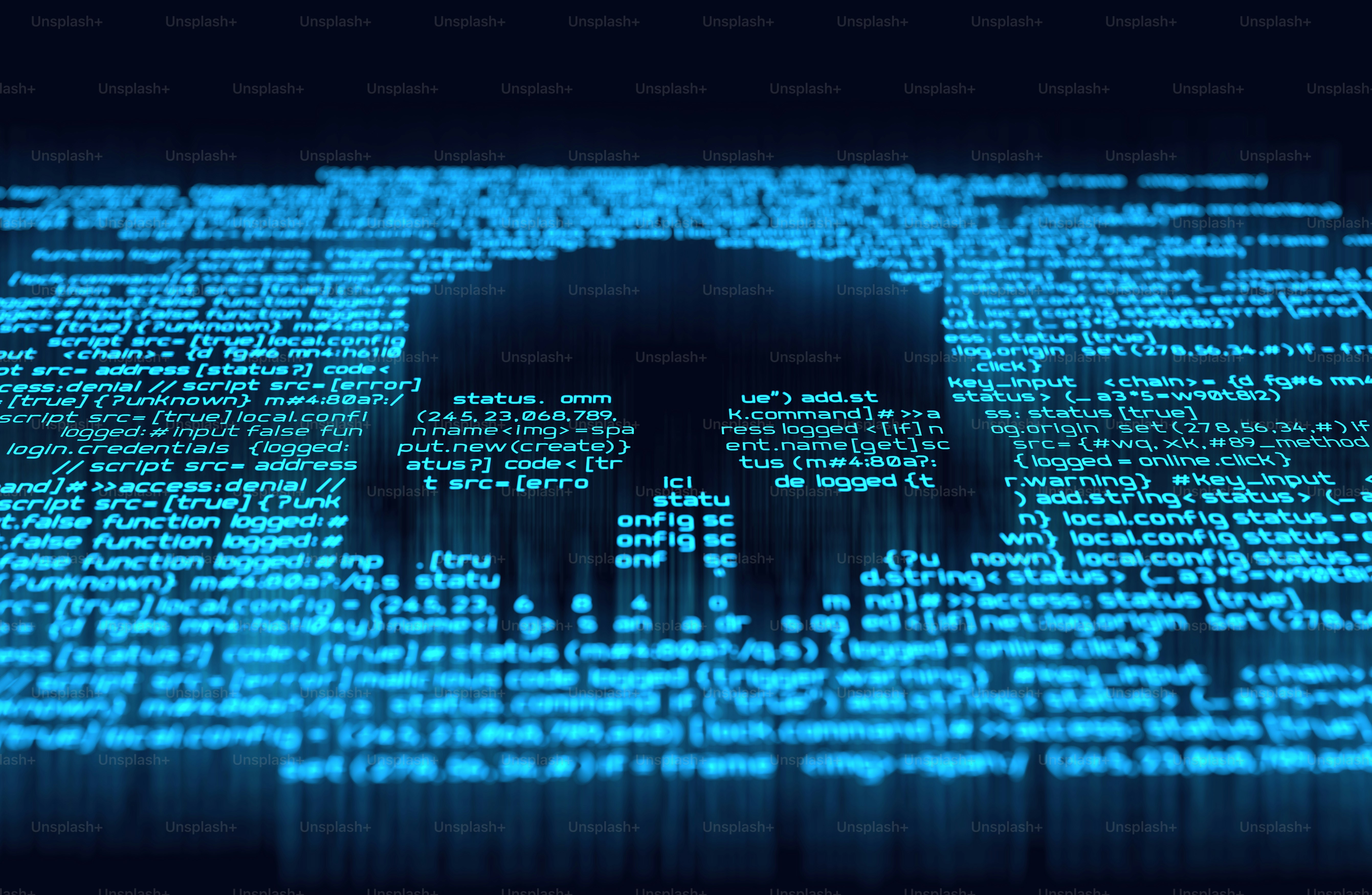Ransomware and Extortion Tactics: Evolution, Threats, and Defense Strategies
Ransomware has evolved from a nuisance to a global cybersecurity crisis. By 2023, 68 active ransomware groups had targeted over 5,500 organizations across manufacturing, healthcare, energy, and finance sectors, causing billions in losses [[3]]. Modern ransomware no longer relies solely on encryption—it combines data theft, DDoS attacks, and supply chain exploitation to maximize pressure on victims [[1]].
This blog dissects the latest ransomware tactics, real-world attack chains, and actionable defense strategies for enterprises.
1. The Ransomware Extortion Ecosystem: From RaaS to IABs
1.1 Ransomware-as-a-Service (RaaS): Democratizing Cybercrime
RaaS platforms like LockBit, BlackCat, and Akira provide turnkey attack kits, including:
- Encrypted payloads (AES-256, ChaCha20)
- Data exfiltration tools (Rclone, FileZilla)
- Payment portals (Tor-based leak sites)
- Profit-sharing models (20–40% cut for affiliates)
Case Study: In 2023, the 8Base group (a Phobos variant) used RaaS to attack India’s Clear Medi healthcare firm, stealing patient records and demanding a $500,000 ransom.
1.2 Initial Access Brokers (IABs): The Supply Chain of Breaches
IABs sell pre-compromised credentials (RDP, VPN, Citrix) on dark web markets, enabling attackers to bypass perimeter defenses.
- Akira group exploited CVE-2023-20269 (Cisco VPN) to breach networks.
- LockBit used stolen domain admin accounts to encrypt entire Active Directories.
Stat: 70% of ransomware attacks now begin with purchased access (IBM X-Force, 2024).
2. Modern Extortion Tactics: Beyond Encryption
2.1 Double & Triple Extortion
Attackers now combine:
- File encryption (CryptoLocker-style)
- Data leakage threats (publishing stolen files on Tor sites)
- DDoS attacks (to disrupt negotiations)
Example: In 2024, Clop ransomware hit a multinational logistics firm, encrypting 3TB of data, leaking customer info, and launching a 2Tbps DDoS until a $30M ransom was paid [[8]].
2.2 Destructive Wiper Attacks
Some groups (e.g., Industroyer2) erase data instead of encrypting it:
- 2023 Ukraine power grid attack: SCADA systems wiped, causing nationwide blackouts.
- 2022 Conti group: Used Diskpart/DBAN to destroy backups before demanding ransoms.
2.3 Zero-Day Exploitation
Ransomware gangs now weaponize unpatched vulnerabilities:
- Log4j (CVE-2021-44228): Exploited within 48 hours of disclosure.
- MOVEit Transfer (CVE-2023-34362): Used by Clop to steal data from 1,000+ organizations.
3. Defense Strategies: The Zero-Trust Ransomware Kill Chain
3.1 Proactive Prevention: Assume Breach
- Least privilege access: Restrict users to necessary resources (e.g., DAC policies in AnDang RDM).
- Network segmentation: Isolate critical systems (e.g., VMware NSX micro-segmentation).
- Patch management: Prioritize CVSS 9.0+ vulnerabilities (e.g., Citrix, VMware, Fortinet).
3.2 Real-Time Detection & Response
- AI-driven behavior analysis: Detect encryption API calls (e.g., AnDang RDM’s 5ms latency blocking).
- EDR/XDR: Correlate alerts across endpoints (e.g., CrowdStrike Falcon, SentinelOne Vigilance).
- Deception technology: Deploy honeypots to trap attackers (e.g., Illusive Networks).
3.3 Immutable Backups & Recovery
- 3-2-1-1-0 rule:
- 3 copies of data
- 2 different media types
- 1 offsite (air-gapped)
- 1 immutable (e.g., Veeam Hardened Repository)
- 0 errors in restore tests
- Automated recovery: Use AnDang RDM’s 1-click restore to minimize downtime.
3.4 Incident Response Playbook
- Isolate infected systems (disconnect from network/VPN).
- Preserve evidence (RAM dumps, disk images).
- Engage legal/PR teams (GDPR/CCPA compliance).
- Negotiate with caution (use third-party firms like Coveware).
- Rebuild from scratch (format drives, reinstall OS).
4. Future Trends: Ransomware in 2025 and Beyond
- AI-powered attacks: Deepfake voices in CEO fraud calls, generative AI for phishing emails.
- Quantum computing threats: Shor’s algorithm could break RSA-2048 encryption by 2030.
- State-sponsored ransomware: North Korea’s Lazarus Group now targets cryptocurrency exchanges.
Conclusion
Ransomware is no longer a technical problem—it’s a business continuity risk. Enterprises must adopt a “prevent-detect-respond-recover” framework, leveraging zero-trust architectures, AI-driven defenses, and immutable backups.
Final Recommendation:
- Deploy AnDang RDM for real-time blocking and recovery.
- Conduct quarterly red team exercises to test defenses.
- Train employees on social engineering tactics (e.g., deepfake awareness).
The battle against ransomware is ongoing, but with the right strategies, organizations can turn the tide.
References:
- AnTian Labs: 2023 Ransomware Group Inventory
- Tencent Cloud: Ransomware Defense Best Practices
- CSDN Blog: AnDang RDM Case Studies
- Microsoft: Ransomware Response Guide
Stay vigilant. Stay secure. 🔒





